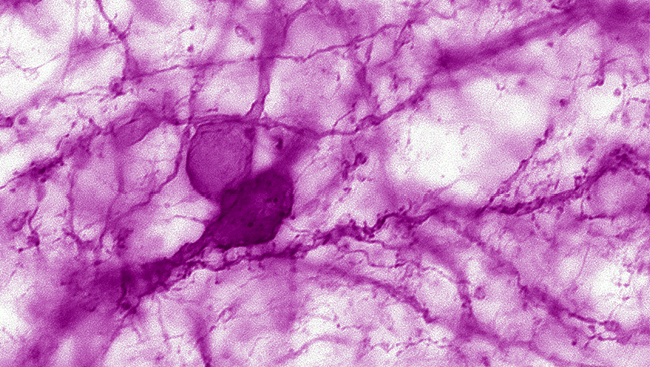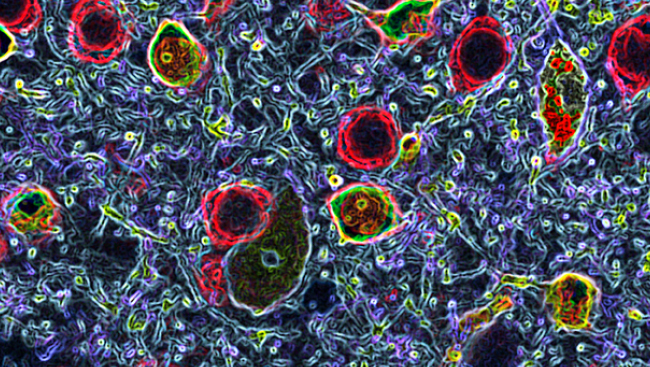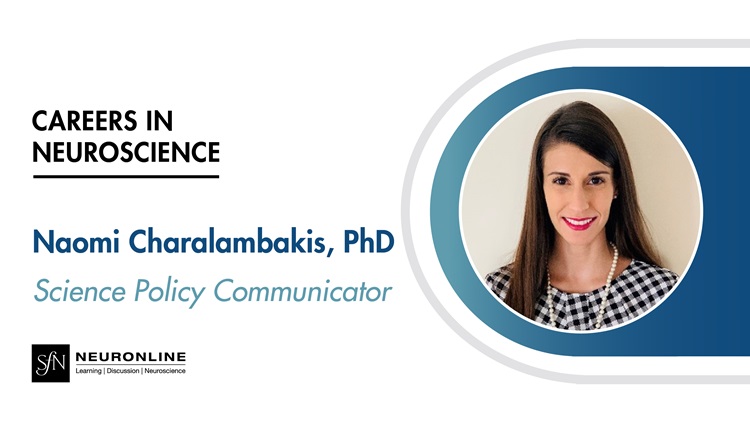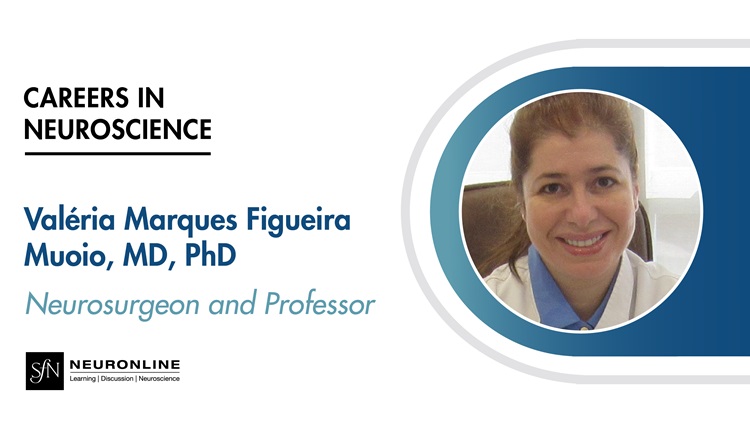Why This Doctor Became an Epileptologist
- Featured in:
- Neurobiology of Disease Workshops

This resource was featured in the NeuroJobs Career Center. Visit today to search the world’s largest source of neuroscience opportunities.
Peter Crino is a professor and chair of neurology at the University of Maryland School of Medicine. He explains why he pursued a career in researching and finding therapies for human brain malformations. As told to, and edited by, SfN staff.
I work on malformations of cerebral cortical development. These are congenital abnormalities of brain development that are highly associated with epilepsy, intellectual disabilities, and autism. My lab works on figuring out the genes that are responsible for these malformations and trying to understand new strategies for therapy to treat them.
Malformations of cortical development are a very interesting group of disorders. I became interested when I was a neurology resident in training because they provided a very unique example of how genetic disorders in the brain can cause things like epilepsy and autism.
When I was a resident, I had a patient who underwent epilepsy surgery to treat resistant seizures. I went to the pathologist to review the pathology and see what they had removed from the patient’s brain. The patient had a malformations of cortical development, and I remember asking the pathologist, “So the brain hasn’t formed right?” And he said, “Yeah, it is an embryological problem.” He didn’t really know a lot about it but he said, “The brain doesn’t form right and it causes really bad epilepsy.” At that moment, I was absolutely captivated with the idea that maybe we can find a way to fix that malformed brain, and I developed an interest in epilepsy. Since so many patients had epilepsy, it was a natural and logical fit, and I became an epileptologist.
Over the last 10 years, we have come up with some new candidate drugs that might work for patients, and some new candidate approaches for therapies.
I think we will identify new biomarkers that will allow us to detect and identify these disorders early on. The dream is to be able to use the knowledge that we have to come up with new therapies to treat diseases like epilepsy and autism, and intellectual disability. Right now, autism and intellectual disability are two areas in neurology and neuroscience for which we have very, very limited therapeutic options.
Peter Crino co-organized and presented at the Neuroscience 2015 Neurobiology of Disease Workshop, Human Brain Malformations: From Genetics to Therapeutics.
Speaker





.jpg?h=423&w=750&la=en&hash=5874576AB4EF551095D71B87EF35C5F1D909877E)





